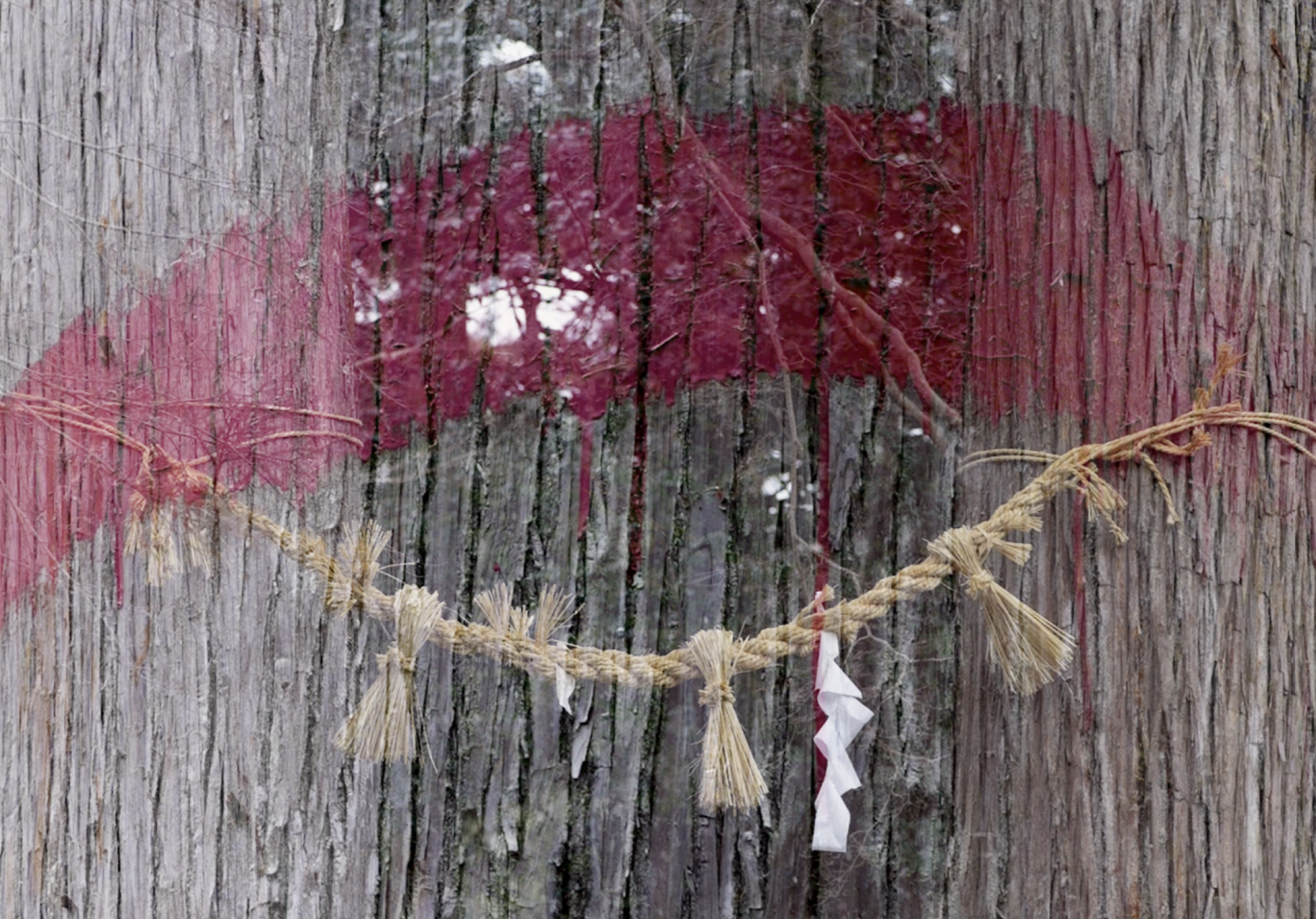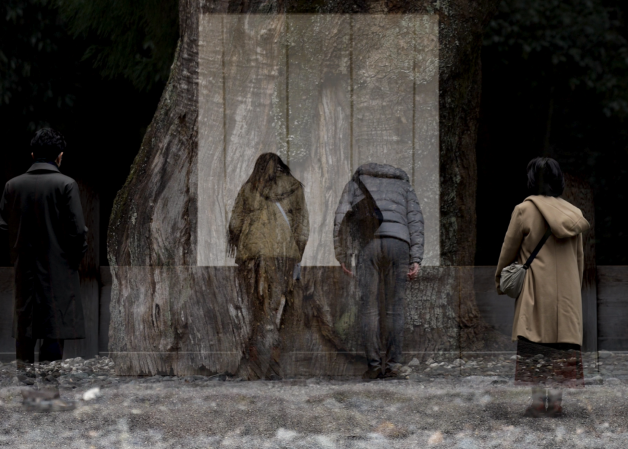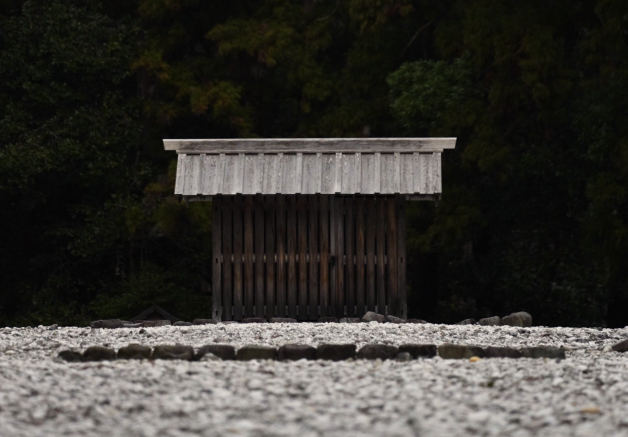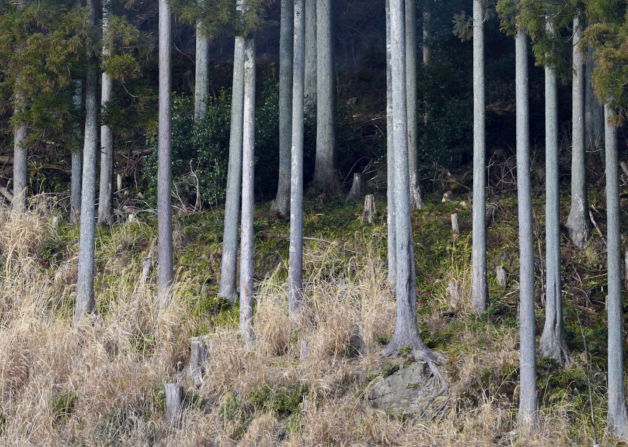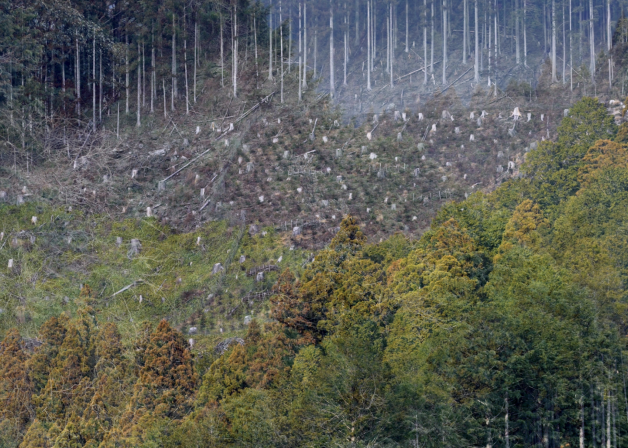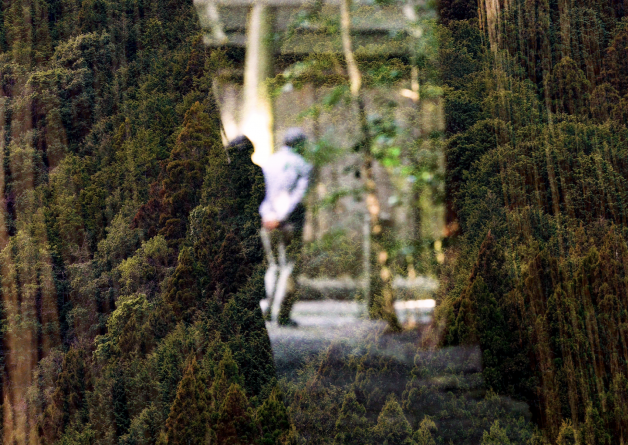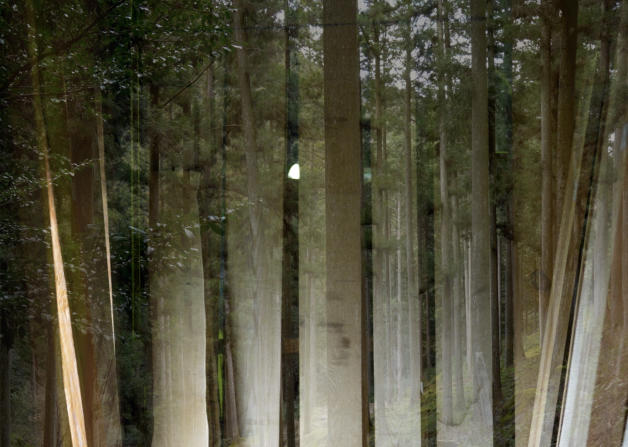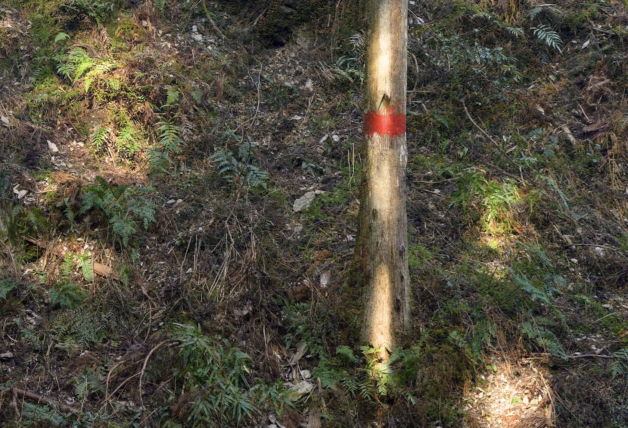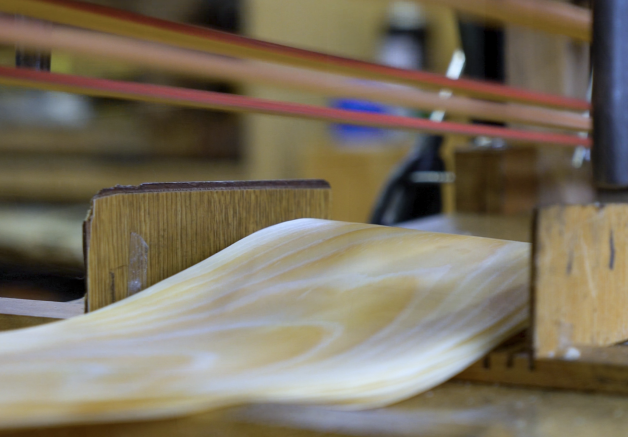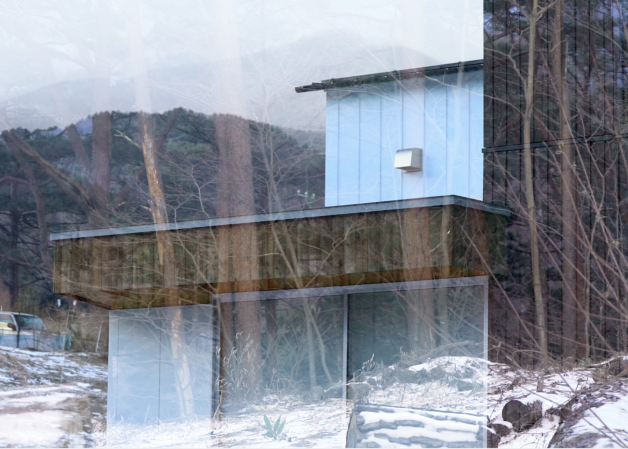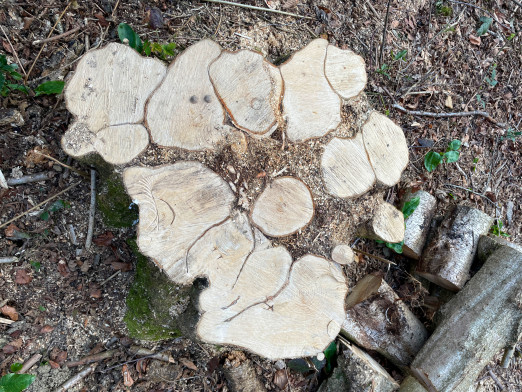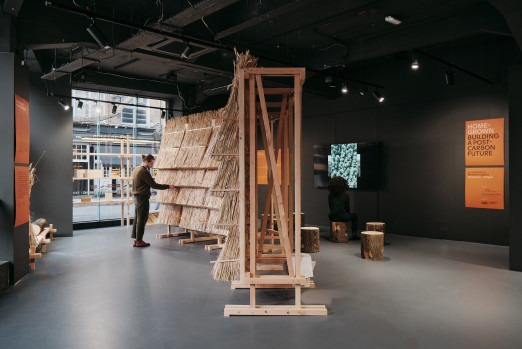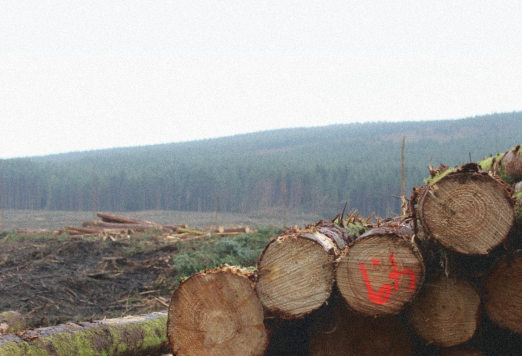Article by Matt Rosier
“Wood ages and rots just like we do, and just as with the shrines which we rebuild every 20 years, it’s through this constant process of renewal that something lasts forever.” – Takeshi Nakatani
In 2019 I took part in an artist residency at the shrines of the Ise Jingu, one of the most venerated Shinto sites in Japan. Earlier this year, after three years of waiting, I returned to create my new film, Wood Rots Like We Do. Its title is taken from the words of local artist Takeshi Nakatani (above), as he gave me his interpretation of the ritual that makes Ise Jingu so special: Shikinen Sengu.
Shikinen Sengu refers to the complete rebuilding of Jingu’s 125 shrines, constructed of hinoki cypress wood, every 20 years, for the past 1,300. There is a six-month period where the 20-year-old structure stands adjacent to the brand-new one, before the former is deconstructed, with ⅔ of its material recycled through other shrines.
It was this perpetual state of “newness” that led architect Bruno Tout to proclaim that the shrines of Ise Jingu were to timber, what the Parthenon was to stone, worthy of a pilgrimage to all architects.
The rebuilding of Jingu’s shrines every 20 years uses 13,000 mature hinoki cypress trees. Historically, these all came from Ise’s local mountains. However, by the end of the 19th century, mainly due to uncontrolled felling by pilgrims, it was running out of trees. So a plan was made.
The "200-year plan" was created a century ago to ensure Jingu's local mountains could provide a continuous supply of timber for Shikinen Sengu while preserving biodiversity, disaster resilience, and water quality. Today, Jingu's 3000-hectare cypress forest, combined with non-productive forests, guarantees a sustainable supply of timber for generations.
Shikinen Sengu challenges not only the Western idea of architectural longevity but also of “sustainability”. Counterintuitively, the felling of 13,000 trees every 20 years, is what has and will ensure the preservation of thousands of hectares of forest, across millennia. The rebuilding has ensured this by communicating forestry and carpentry skills and care across generations. A form of “communication that transcends the ages” as Ise Mayor, Kenichi Suzuki described it.
Ise-based architect Kosuke Yutani described the importance of Shikinen Sengu in “metabolising” forestry, to ensure they do not fall into disrepair. As the 200-year plan demonstrates, this metabolisation is alive and well in Ise. The same however cannot be said for Japan as a whole. As Kosuke put it to me: Japanese forestry is facing a “crisis”.
Mai Yutani, co-director of Yutani architects, described how Japan’s forests had historically been depleted and restored across centuries, culminating in their decimation during the Second World War. Ital Miyamoto, Secretary General of the Forest Development Forum, explained how Japan’s forests live with this legacy:
“All mountains throughout Japan became bald after the war… the government started to give subsidies to plant trees. Those trees were for construction materials and things that could be used architecturally in the future, so people planted a lot of cedar and cypress trees. But in the end, the buildings were made of concrete nowadays, firewood used to be used for heating, but that was also replaced by petroleum. So after all, it didn't sell well. And people lost interest in forests.”
To compound this “loss of interest”, as Mai explained to me, while Japan waited for its newly planted monocultures to mature, timber imports took hold. When it came to fell the cedar and cypress trees, they could no longer compete with the price of cheaper (less sustainably sourced) timber imports. So Japan’s trees were left, and the forest floor darkened.
Today Japan, a nation with nearly 70% forest cover, is the fourth biggest importer of timber in the world. The UK is second. Environmental activist Isao Sakai has seen the impacts of this beyond Japan:
“After Japanese corporations went into countries like Malaysia or Indonesia, they cut down the native trees that have been there for hundreds of years. And after that, that environment turned into palm plantation, which now produces palm oil that's being used, imported and used in Japan and many other countries.”
Isao introduced me to the term “Satoyama”, meaning “human-mountain”, or, as mountain and forest are interchangeable in Japan: “human-forest”. The concept is simple: humans go into the mountain, they use some of its resources for fuel and construction, and then they take care of the forest. It seems that in Japan, as in so many places, industrialisation, and war, broke this relationship. We are now left with forests with no social, cultural or economic purpose.
This story is comparable to what happened with land enclosures in England. For centuries “commoners” had rights to cut (lop) branches of coppiced and pollarded trees for fuel and material use across England, ensuring the forest’s preservation across generations. England’s Satoyama. Land enclosures put a swift stop to this in tandem with industrialisation. At the same time, forests, once planted to provide oak timbers for the Royal Navy, were no longer required. The end result is the same: we lost interest in our forests.
One major difference to how we in the UK view the solution to our poor maintenance and lack of forests is Japan’s comfort with the idea of intervening (cutting down trees) in forests. I met many individuals dedicating their lives to restoring Japan’s diminished relationship with its forests. All had different approaches. Yet all shared a belief that we care for the forest by participating in its processes: a give and take. As Isao pointed out: humans are part of, not separate from, this ecosystem.
The Wood Rots Like We Do film collection can be viewed here, with new chapters released weekly. The film was commissioned by Ise City, with support from the British Council, DAIWA Foundation and Arts Council England. Further information on the project can be found here.
